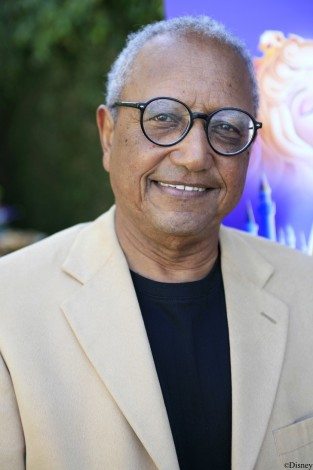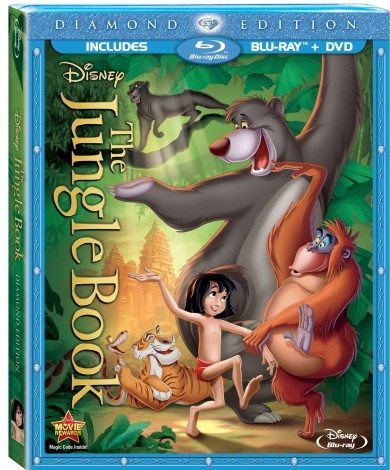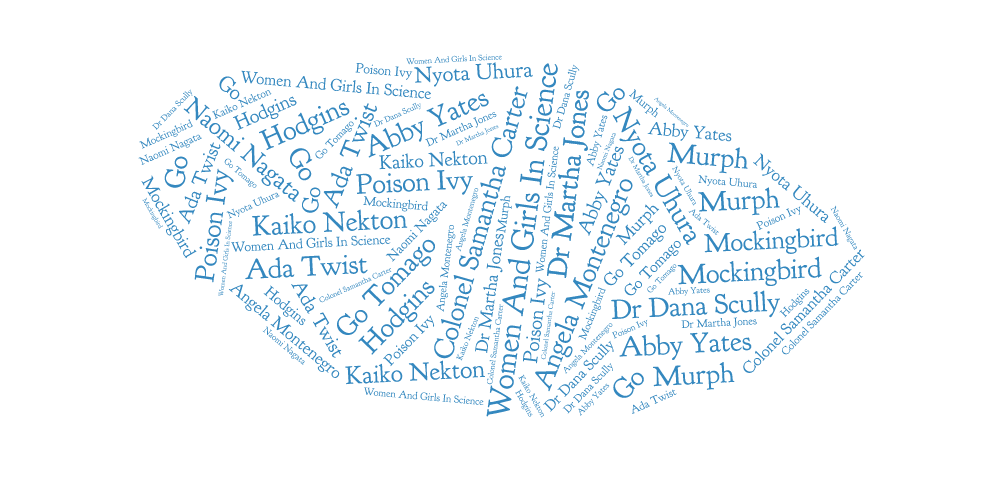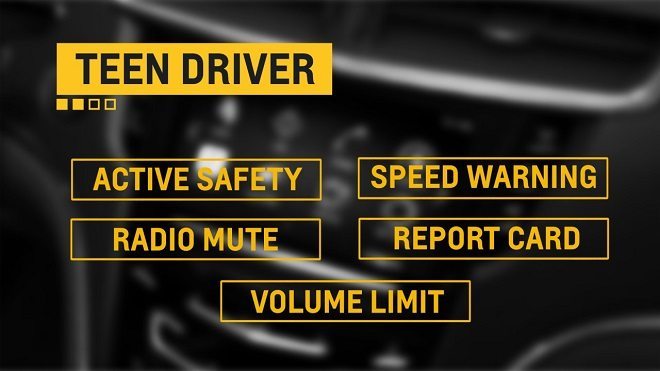
Recently, I had the extraordinary experience of speaking about animation with someone who worked at the Disney Studios while Mary Poppins was in production in the mid-60s. Floyd Norman, a Disney Legend animator and story artist who also worked at Pixar Animation Studios, started at Walt Disney Studios in 1956 and was the first black animator hired at the studio.
We can thank him for contributions to films from several studios, such as Sleeping Beauty, The Sword in the Stone, The Jungle Book, Toy Story 2, Monsters, Inc., Mulan, Dinosaur, and the Hunchback of Notre Dame, plus the TV special, “Hey! Hey! Hey! It’s Fat Albert.” He’s also the author of several books, including a memoir of his time in animation, titled Animated Life: A lifetime of tips, tricks, techniques and stories from an animated legend, which I summarized Between the Bookends.
Although my family didn’t see many movies when I was small, except for an occasional drive-in, I remember total enchantment when I saw Bambi as a birthday outing, and I have loved Mary Poppins all the decades since I first saw it. I was thrilled to talk to someone who had their fingers in so many entertainment pies from my childhood. Similarly, my own children loved The Jungle Book and we have re-watched it many times since their first viewing—which should really be called a wiggle or a bop or a shimmy, since the music induces so much movement. I couldn’t wait to hear what Floyd had to say.

GeekMom: Floyd, it’s an honor to visit with someone so wise in the ways of animation, with a career spanning more than 50 years. Do you think that a film like The Jungle Book has something special to offer today’s kids that they don’t get from modern animated films?
Floyd Norman: Animation is timeless, that is one of its great characteristics—when modern kids see The Jungle Book for the first time, they don’t know or care that it is from 1967. They think it’s modern. A good story is a good story, a good gag is a good gag. We were helped by the music from the Sherman brothers, which held up for today’s listeners.
GM: Does modern animation and all the media available to kids today put The Jungle Book at a disadvantage with modern viewers?
FN: No! Quite the contrary! More attention is paid to such films, there’s more animation today.
That works out to a win-win situation… when people get interested in any animation, all animation benefits. And animation as a skill and art gets more respect now. Back in the day, it was a metaphorical step-child, sitting at the kids’ table. There is lots more money in animation now, although I wouldn’t say it is more fun than in the hand-drawn days. Back then, an animator could be well-known for his style and work; now, in the days of CGI, it is a commodity and individuals are cogs.
There is nothing now like Disney’s Nine Old Men. It is less personal and more anonymous, even though it still takes a tremendous amount of skill. In the old days, a film like The Jungle Book needed about a dozen animators, and in the modern process, it takes two or three times that number, or more if several companies are involved.
GM: I have vivid imaginings of the scene you describe in your book, Animated Life, of the recording session when the jazz great Louis Prima showed up to record “Just Like You“:
…the Vegas showman couldn’t stand still. He was really into being King Louie. With all that energy being expended, the band couldn’t help but join in. Of course, you’ll never hear this music. Prima’s voice was isolated on a separate track… The final tracks you hear on the movie’s soundtrack have been toned down. And, I mean way, way down. Louis Prima at full tilt was more than Disney moviegoers of the 1960s would have been able to handle.
So, what is your favorite memory or association with The Jungle Book?
FN: Definitely it is being in the same room with Walt Disney. Since he focused his attention on story, he was at every story meeting. On the story team, I got to hear critiques and have opportunities to learn from the Old Master. The Jungle Book was his last film animation before his death. After that, the studio went through a big transition; Walt had made all the big decisions himself and did not name any successors. The studio floundered for several years.
GM: There’s been a lot of hub-bub on the internet about animated films and the portrayal of diversity. What do you have to say about it?
FN: Films generally reflect common culture, whether at Disney or at other studios. There were generally changes in the 70s. Studios started to think about their reputations, both on and off the screen. At Disney they called me in and wondered why there were no [minority or African-American] applicants, and I had to tell them that mostly, none of them even thought to apply at Disney. Still, with so many people saying that Walt Disney was conservative, when it came to offering people opportunities, he was progressive.
GM: At my house we are big Mary Poppins fans, and liked Saving Mr. Banks as well, about the history behind Mary Poppins. Did you see it?
FN: Yes—I was at the premiere, on the Disney lot where Mary Poppins was shot. I talked to some of the same people at that premiere that I talked to during production of Mary Poppins—Julie Andrews, Dick van Dyke, and Richard Sherman, among others. There was a wonderful sense of being part of it back then and again at the premiere. What a pleasure! What a triumph for Walt Disney!
GM: We showed Mary Poppins to adult visitors from mainland China several years ago, and we couldn’t pull them away. They loved it, especially the dancing penguins. Diplomacy from a palette.
FN: Yes, Walt really meant it when he told Mrs. Travers [author of Mary Poppins], “Every time a person walks into a movie house, they will rejoice.”
GM: Do you have favorite recent animated films you’d like to recommend?
FN: I got to attend an open house and screening for Frozen, and was impressed by the film, and its director and writer, a talented young woman named Jennifer Lee. Kids are still doing great work, regardless of whether it’s CGI or hand-drawn or something else.
GM: Thank you for talking with GeekMom and for the contributions you’ve made to so many films that my family and so many others have enjoyed.
If you’d like to spend more time with Floyd Norman and his animation and writing accomplishments, here are more opportunities to visit:
– Between the Bookends: Animated Life
– The official, informative and pointless blog of Floyd Norman
– Floyd Norman Special Feature at afrokids.com
– Diamond Edition Jungle Book on Blu-ray, DVD, and Digital from Disney.com






I love you grandpa. You are the best. See you later.